In Ogden, Utah, over 260 public safety professionals from across the U.S. convened for a weeklong drone training event starting May 5, 2025, hosted by the Weber County Sheriff’s Office and the Law Enforcement Drone Association (LEDA), reports the Standard-Examiner. This initiative underscores the growing role of drones in enhancing Search and Rescue, disaster response, and law enforcement operations.
Elevating Search and Rescue Capabilities
The training emphasized search and rescue tactics, a critical focus given Utah’s rugged terrain. Brandon Karr, LEDA’s public information officer, highlighted the value for out-of-state agencies:
“Since there’s a lot of search and rescue that goes on up here, it’s really great for all these other agencies that are coming from outside of Utah where there’s not as much to teach them how to do it the right way, with people that do it every day.”
Participants practiced techniques like thermal imaging and GPS-guided navigation, earning certifications based on National Institute of Standards and Technology standards.

Expanding Drone Applications
Beyond search and rescue, the event covered SWAT support, crash scene reconstruction, disaster mapping, and Legal frameworks. Karr emphasized privacy considerations:
“They’re talking about, what can law enforcement legally do? When do we need a warrant? When do we not need a warrant, right?”
These discussions ensure agencies balance operational efficiency with public privacy, addressing concerns about drone surveillance.
Drones as First Responders
A key highlight was the emerging use of drones as First Responders. Karr explained:
“You can have drones that are pre-positioned in docking stations all throughout your jurisdiction, and those drones can autonomously launch and fly to calls for service before first responders are ever able to get there.”
This capability allows drones to assess situations in under 90 seconds, compared to the typical 7–10-minute response time for human responders. Drones clear over 25% of service calls independently, reducing the need for personnel deployment. “It’s the ultimate de-escalation,” Karr noted, highlighting how real-time data informs response strategies.

Industry Trends and Future Outlook
Drone adoption in public safety has surged over the past decade, driven by affordability and versatility. A basic public safety drone setup, including a docking station, costs approximately $10,000–$20,000, making it accessible for many agencies. Karr predicted widespread adoption:
“There’s a lot of really great value there and it doesn’t cost that much to be able to stand one up. So, that’s where I think the future is headed.”
This trend aligns with advancements in autonomous flight systems and battery life, now averaging 30–45 minutes per charge.
Operational and Economic Benefits
Drones enhance operational efficiency by providing aerial perspectives and rapid response, particularly in sprawling or hazardous areas. Economically, they reduce strain on budgets by minimizing overtime and vehicle wear. Regulatory frameworks, guided by FAA Part 107 rules, ensure safe integration into airspace, though agencies must navigate warrant requirements for certain surveillance tasks.
The Ogden event, concluding on May 9, 2025, marks a pivotal step in standardizing drone use in public safety. As agencies adopt these technologies, drones are poised to become as ubiquitous as patrol cars, transforming emergency response nationwide. For more details on future LEDA events, contact [email protected].
Photos courtesy of LEDA
Discover more from DroneXL.co
Subscribe to get the latest posts sent to your email.


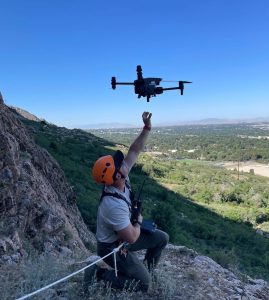
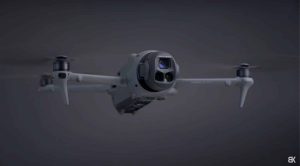

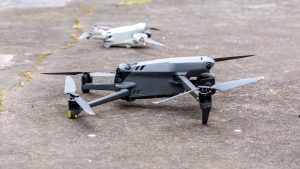
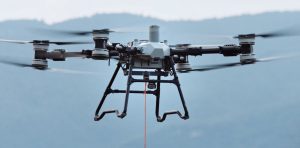
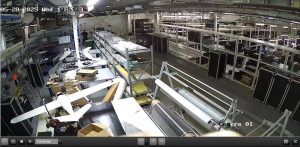
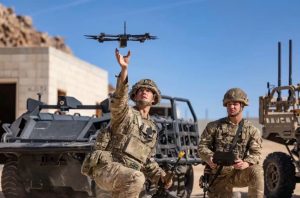
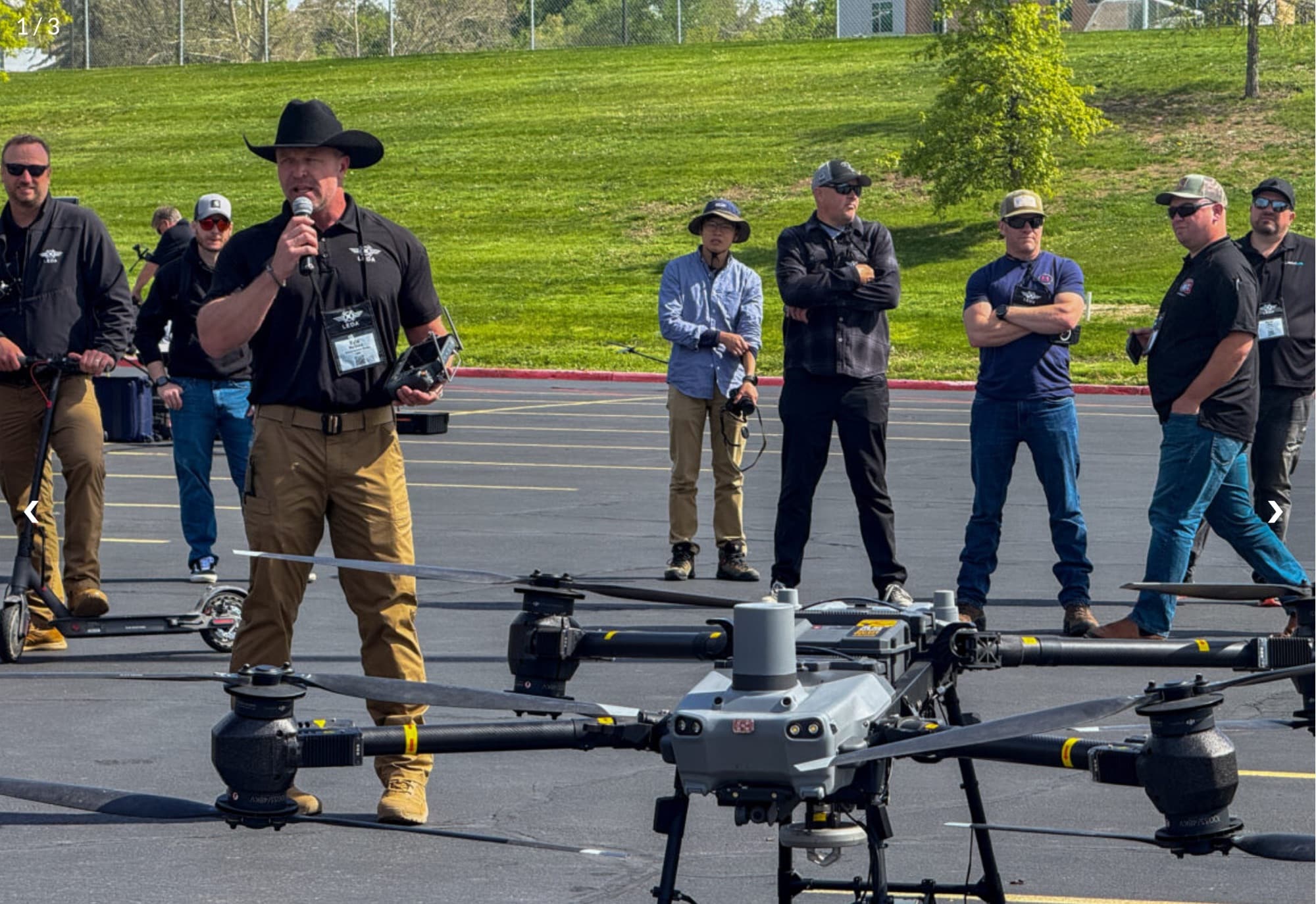

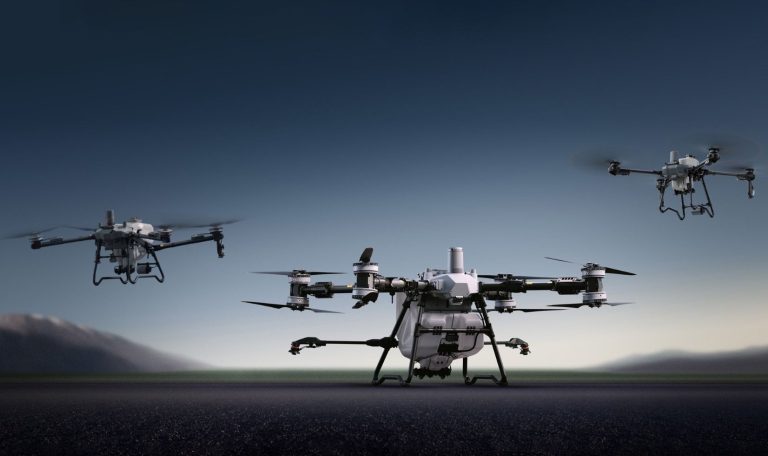
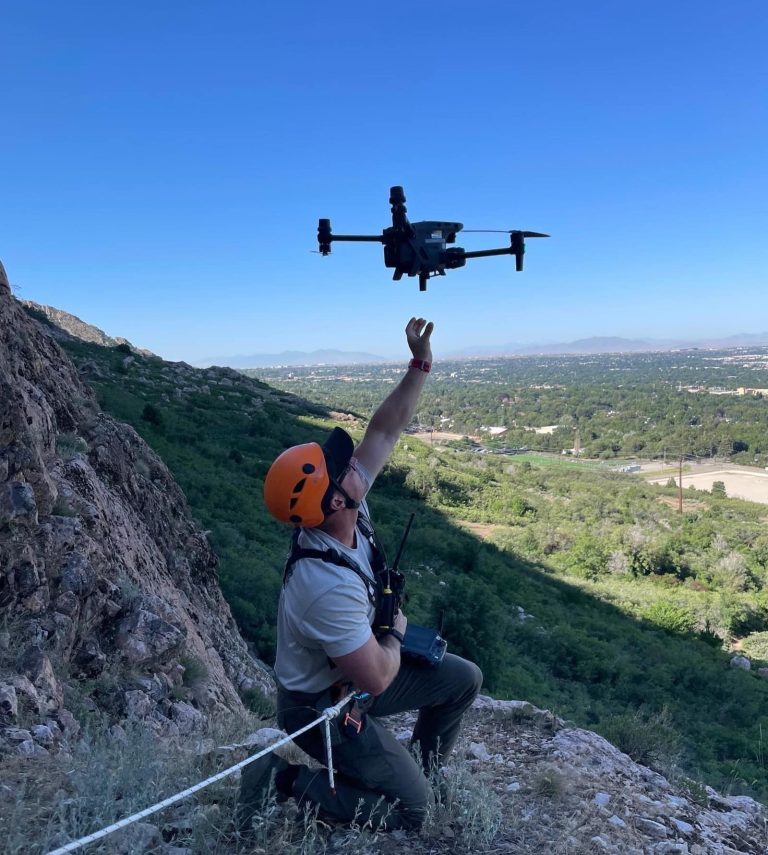

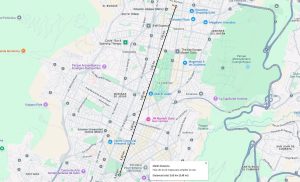
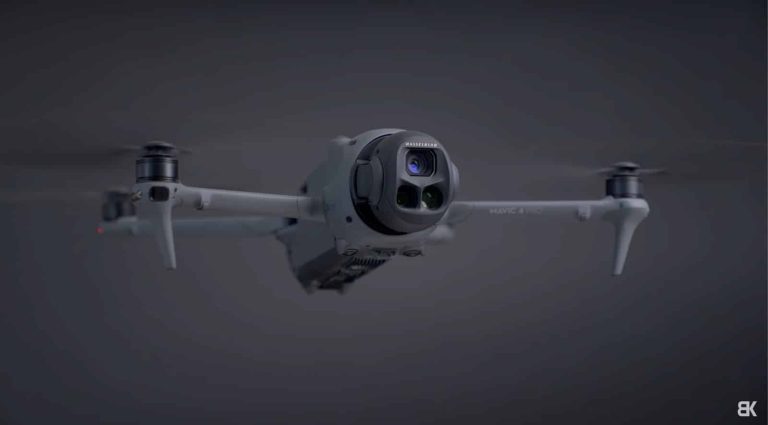
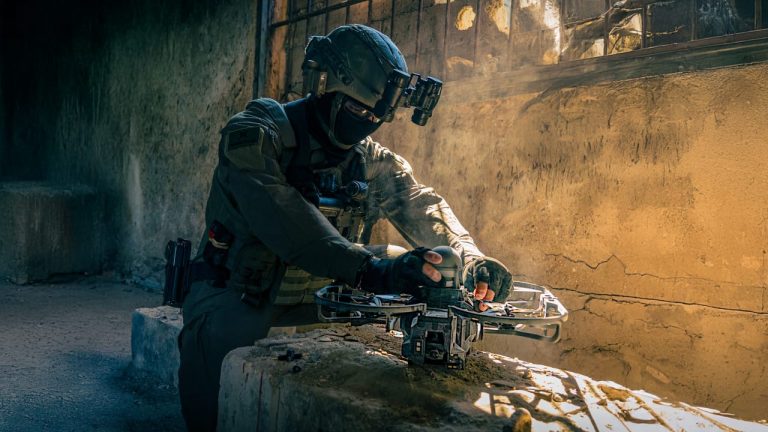
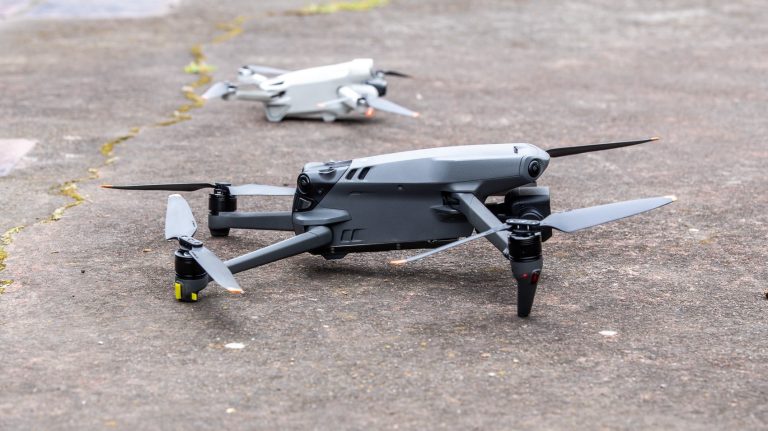
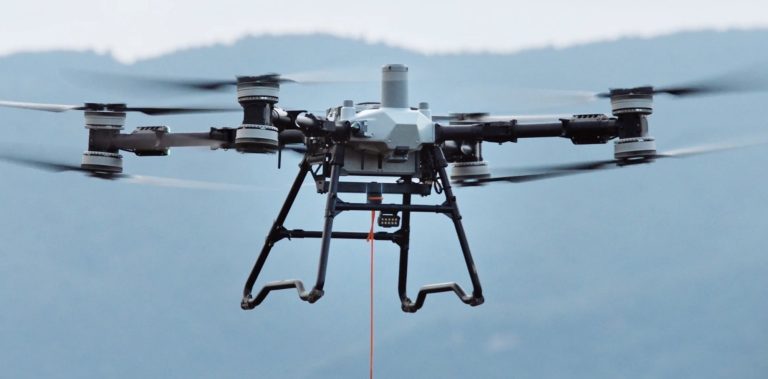
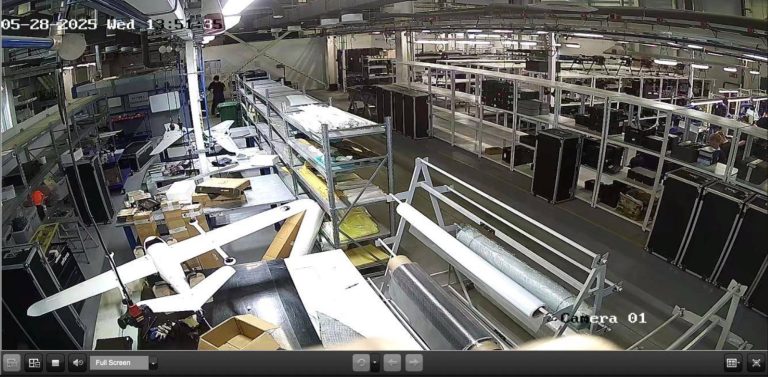
+ There are no comments
Add yours